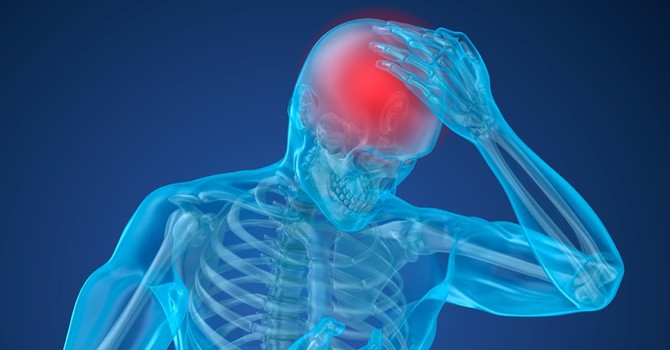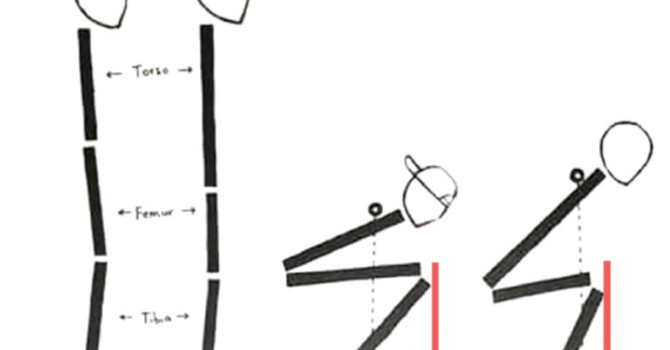
There is nothing better than holding a newborn in your arms. The way they turn their head towards you as you stroke their cheek, or the way their hands wrap tightly around your one finger…nothing compares to their little movements. But did you know these are actual brain responses you are stimulating when interacting with your baby?
- The Palmar reflex is what causes your baby to automatically wrap their fingers around yours until they learn to coordinate that movement.
- The Rooting reflex is what causes the baby to turn their head and open their mouth towards that gentle touch along their cheek in preparation for feeding.
These are just two of the many primitive reflexes we assess when you bring your baby in for chiropractic care. If you have ever wondered about chiropractic care for infants and growing kids, we not only look at their spinal health but also their neurological development.
Primitive reflexes are involuntary movements that are controlled by your baby’s brainstem and spine which act as the “primary brain” in the early months of life. Some reflexes are for survival such as trying to find food with the rooting reflex. These reflexes are the building blocks for the development of higher brain functions later in life such as coordination, cognition, language, emotions, and behavior to name a few.
Based on your child’s age, there are reflexes that should be present at that time, and others that should already be integrated or turned off. When a reflex is integrated, it means the brain no longer needs to rely on that reflex because a higher brain center has learned to coordinate that function. For example, the palmar reflex should be present until about 3 months of age. Once it is integrated, this is when you start to notice your baby trying to grab objects. This is because your baby’s higher brain centers are developing, and they can coordinate this movement voluntarily now.
If primitive reflexes persist longer than neurologically necessary, they can lead to problems down the road. This is an indication of an immature brain center that may need a little help developing. For example, if the palmar reflex persists, this can present as poor dexterity, poor handwriting and pencil grip, or even speech and articulation issues. A retained rooting reflex could present as a messy or picky eater, or even thumb sucking past toddlerhood. Reasons out of our control such as experiencing a stressful pregnancy, a difficult delivery requiring interventions, or delivery via cesarean section can contribute to why a child has a “retained reflex.”
With chiropractic care in conjunction with the appropriate neurofunctional exercises, “retained reflexes” can be integrated over time to optimize the development and function of the nervous system.
As your child grows it is important to monitor these neurological milestones through infancy and ensure they are being met into toddlerhood and beyond. As family chiropractors with a passion for pediatrics and pregnancy, we focus on optimizing the function of your baby’s nervous system and improving the overall health of your family from the very beginning.
We look forward to checking your baby’s neurological development with you as soon as possible after birth.



